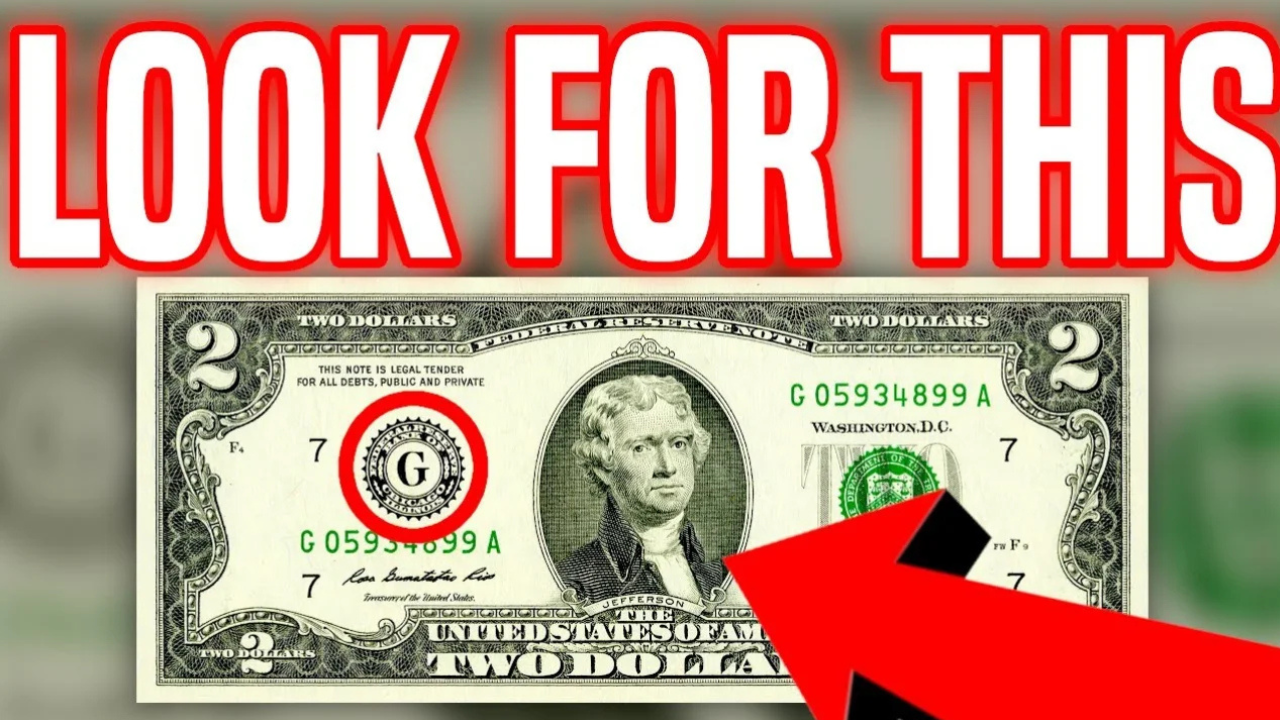Rare $2 Bill :Sometimes, life’s biggest surprises come when you least expect them—and for one humble gas station worker, that surprise came in the form of a simple $2 bill. What seemed like ordinary pocket money turned out to be a rare piece of American history, worth a staggering $12 million.
This unique discovery has astonished collectors, historians, and the general public, reminding us that treasure doesn’t always glitter—sometimes it’s printed on paper.
$2,000 Direct Deposit for U.S. Citizens in Novoresume 2025 – Eligibility & Payment Details
The Discovery That Shocked Everyone
It was another quiet morning at a small gas station in rural Kentucky. Ethan Myers, a 34-year-old night-shift worker, was sorting through the cash from the previous day’s transactions when he noticed something strange. Among the worn dollar bills and coins was an old, slightly faded $2 bill.
At first, Ethan thought it was just a rare denomination—something odd to show off to his friends. But when he noticed a strange red seal and slightly off-color print, he suspected something might be amiss. Curious, he decided to take a closer look before placing it at the register.
That decision changed his life forever.
A $2 bill like no other
Ethan brought the bill home and compared it to a regular $2 bill in his wallet. The difference was clear: the texture was different, the paper was thicker, and the ink looked a little faded—as if it were old. After a quick online search, he learned that some rare $2 bills, printed in small quantities, can be worth hundreds or even thousands of dollars.
So, he contacted a local currency collector, who was immediately astonished. Within hours, experts confirmed that Ethan’s bill wasn’t just old—it was one of the rarest $2 bills ever.
Why it’s worth $12 million
According to currency experts, what Ethan found was a 1928B series $2 note with a unique error and an experimental red seal. It was produced for a few weeks and then discontinued.
The note’s serial number, and its excellent care, make it virtually one of a kind. Almost all of the notes that were printed have been worn, lost, or damaged. Ethan’s note was the only known specimen in near-pristine condition.
A private collector specializing in rare U.S. currency has valued the note at approximately $12 million, making it one of the most valuable pieces of paper ever found in circulation.
Ethan’s Reaction – From Shock to Gratitude
When the appraisal results came in, Ethan couldn’t believe it.
“I thought they were joking,” he said in an interview. “I handle hundreds of bills every week at the station. Who would have thought one of those bills would be worth millions?”
Ethan, who was working double shifts to support his family, said he plans to use the money to pay off debts, buy a house for his parents, and create a scholarship fund for local students. “I don’t want to stop working,” he added. “But now I can finally breathe a sigh of relief.”
His co-workers and local residents are still talking about his story, calling it a “miracle of luck” and a reminder that even small things can change everything.
The Lesson Behind a $2 Bill
Although stories like Ethan’s are rare, they’re not unheard of. Currency collectors often remind people to carefully check their cash, especially older bills with special seals, misprints, or strange serial numbers. Certain notes from the early 1900s or special Federal Reserve batches can fetch thousands—or, as Ethan’s case proves, even millions.
Experts say that some $2 bills from the 1928, 1953, and 1976 series can be valuable if they have special markings, errors, or are in good condition.
So the next time you find loose change at a gas station, coffee shop, or grocery store, take a closer look—you might just find a small fortune.
A Once-in-a-Lifetime Discovery
Ethan Myers’ $12 million find has already reached collector archives and is expected to be featured in a major currency exhibition in Washington, D.C., later this year.
However, for Ethan, value isn’t just about money. He said softly, “It’s not about luck. It’s about paying attention to the little things. Sometimes the biggest rewards are hidden in the smallest details.”
His story has now inspired countless others to search through drawers, purses, and old boxes—all hoping to find their own piece of seemingly unseen history.

